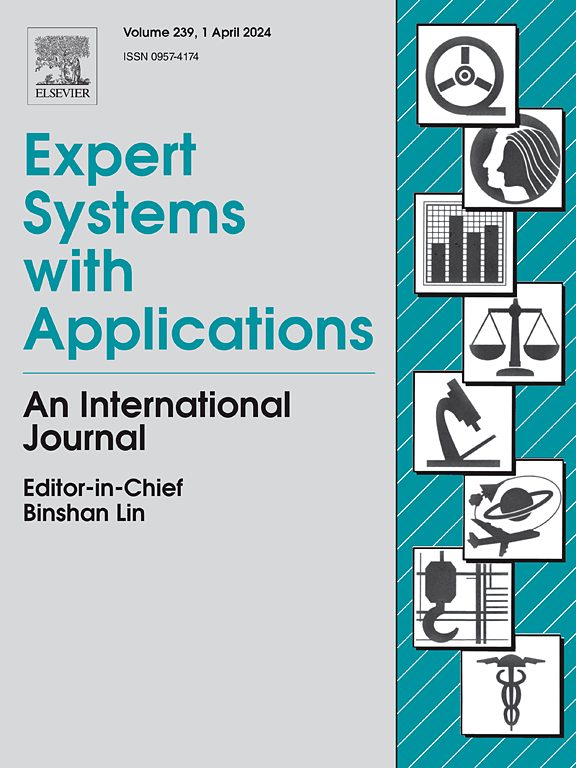General machine learning models for interpreting and predicting efficiency degradation in organic solar cells
IF 7.5
1区 计算机科学
Q1 COMPUTER SCIENCE, ARTIFICIAL INTELLIGENCE
引用次数: 0
Abstract
Photovoltaic (PV) energy plays a key role in addressing the growing global energy demand. Organic solar cells (OSCs) represent a promising alternative to silicon-based PVs due to their low cost, lightweight, and sustainable production. Despite achieving power conversion efficiencies (PCEs) over 20 %, OSCs still face challenges in stability and efficiency. Recent advances in manufacturing, artificial intelligence and machine learning (ML) achieve optimized and screened OSCs for greater sustainability and commercial viability, thus potentially reducing costs while ensuring stable and long term performance. This work presents optimal ML models to represent the temporal degradation on the PCE of polymeric OSCs with structure ITO/PEDOT:PSS/P3HT:PCBM/Al. First, we generated a database with 166 entries with measurements of 5 OSCs, and up to 7 variables regarding the manufacturing and environmental conditions for more than 180 days. Then, we relied on a software framework that provides a conglomeration of automated ML protocols that execute sequentially against our database by simply command-line interface. This easily permits hyper-optimizing the ML models through exhaustive benchmarking so that optimal models are obtained. The accuracy for predicting PCE over time reaches values of the coefficient determination widely exceeding 0.90, whereas the root mean squared error, sum of squared error, and mean absolute error are significantly low. Additionally, we assessed the predictive ability of the models using an unseen OSC as an external set. For comparative purposes, classical Bayesian regression fitting are also presented, which only perform sufficiently for univariate cases of single OSCs.
用于解释和预测有机太阳能电池效率退化的通用机器学习模型
光伏(PV)能源在解决日益增长的全球能源需求方面发挥着关键作用。有机太阳能电池(OSCs)由于其低成本、轻量化和可持续生产,代表了硅基光伏电池的一个有前途的替代品。尽管实现了20%以上的功率转换效率(pce),但osc在稳定性和效率方面仍然面临挑战。制造业、人工智能和机器学习(ML)的最新进展实现了对osc的优化和筛选,以提高可持续性和商业可行性,从而在确保稳定和长期性能的同时潜在地降低成本。本研究提出了最优的ML模型来表示ITO/PEDOT:PSS/P3HT:PCBM/Al结构的聚合物OSCs在PCE上的时间降解。首先,我们生成了一个包含166个条目的数据库,其中包含5个osc的测量值,以及关于超过180天的制造和环境条件的多达7个变量。然后,我们依赖于一个软件框架,该框架提供了自动化ML协议的集合,这些协议通过简单的命令行界面对我们的数据库顺序执行。这很容易允许通过详尽的基准测试对ML模型进行超优化,从而获得最优模型。随着时间的推移,PCE的预测精度达到了系数决定值广泛超过0.90,而均方根误差、平方误差和平均绝对误差都很低。此外,我们使用未知的盐含量作为外部集来评估模型的预测能力。为了比较,经典贝叶斯回归拟合也被提出,它只对单一osc的单变量情况有足够的表现。
本文章由计算机程序翻译,如有差异,请以英文原文为准。
求助全文
约1分钟内获得全文
求助全文
来源期刊

Expert Systems with Applications
工程技术-工程:电子与电气
CiteScore
13.80
自引率
10.60%
发文量
2045
审稿时长
8.7 months
期刊介绍:
Expert Systems With Applications is an international journal dedicated to the exchange of information on expert and intelligent systems used globally in industry, government, and universities. The journal emphasizes original papers covering the design, development, testing, implementation, and management of these systems, offering practical guidelines. It spans various sectors such as finance, engineering, marketing, law, project management, information management, medicine, and more. The journal also welcomes papers on multi-agent systems, knowledge management, neural networks, knowledge discovery, data mining, and other related areas, excluding applications to military/defense systems.
 求助内容:
求助内容: 应助结果提醒方式:
应助结果提醒方式:


